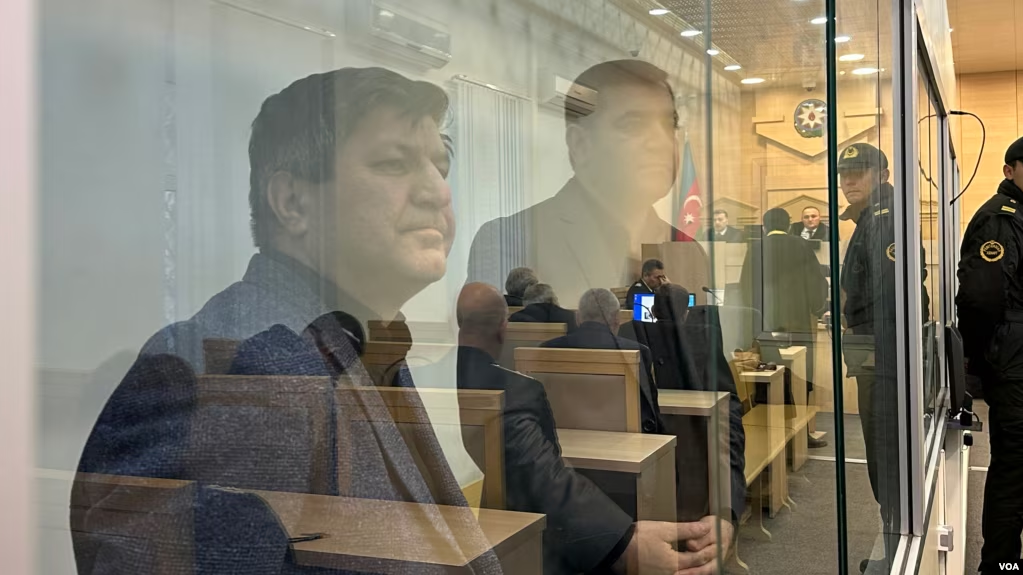
Denmark, grannies, grandads and other relatives are puzzling over who sent the pretty cut-out ‘gækkebrev’ letter that is now magneted to the fridge. The only clue is a poem, usually starting with ‘Roses are red, violets are blue …’ and dots instead of a name. If they can’t guess who sent the letter, they owe the lucky sender an Easter egg. And strangely enough, though they only have a handful of usual suspects to choose from, they almost never guess. You’ve just got time to make one yourselves (see how and much more at helendyrbye.blogspot.com). It’s a great way of fishing for chocolate.
And while on the subject of fishing and chocolate … I had a young friend who loved chocolate but hated fish. Her clever mum hit on a bright idea, and when her daughter asked ‘What’s for dinner?’ instead of saying ‘fish’, her mum answered ‘sea chicken’. And that went down a treat. I’m not too sure about the ethics of ‘sea chickens’. It’s a little white lie, after all. But I’m all for encouraging children to try something new – like the wacky Easter chicken cakes we invented for the column this time. Though sea chickens don’t really exist, flying fish are pretty close. Not that you’ll find them in the meat section of your local Danish supermarket. Horse, perhaps. Flying fish, nay. But if you want to see fish, sea horses and even leafy sea dragons, you’ll have a whale of a time at Den Blå Planet.
Water, water, everywhere
and a lot more besides …
at DEN BLÅ PLANET
Officially called the new National Aquarium Denmark (in English) and open from Easter 2013, this amazing sea-life centre will knock your socks off.
It’s got everything from starfish to lumpfish, and crabs to crocodiles, and don’t forget the cichlids, “the best parents in the world”: fish who keep their eggs in their mouths for three weeks before they hatch. I bet you couldn’t do that with an Easter egg!
In another tank a huge shoal of exquisitely sparkly piranha fish look like they’re performing a ballet in pinky-orange sequined leotards.
You can test your grip against various sea animals and visit the restaurant, where fish is on the menu – but not the rare ones.
There’s even a big friendly Pacific octopus if you take a guided tour behind the scenes.
And in the long glass tunnel you’ll see fish swimming all round you, and perhaps a diver too.
It would take you 9,000 years to drink all the water in the huge Ocean Tank, but I wouldn’t if I were you because there’s enough salt in it to season 120 million eggs.
Den Blå Planet, Jacob Fortlingsvej 1, Kastrup; Open Mon 10:00-21:00, Tue-Sun 10:00-18:00; tickets 144 kr online, 160kr at the door, under-11s 95kr, under-3s free adm; 4422 2244; www.denblaaplanet.dk.
Easter at Copenhagen Zoo
For traditional Easter chicks and rabbits, as well as Easter activities, horse riding and plenty of other wilder animals, there’s always Copenhagen Zoo. At the moment you can see a dear little baby elephant who is only one month old and two adorable lion cubs (see blog). It’s easy to spend a whole day there if you dress for the weather. Check the website for opening times and details of specific activities.
Roskildevej 32, Frederiksberg; tickets: 150kr, under-11s 90kr; 7220 0200, zoo@zoo.dk; www.zoo.dk.
Farmyard fun
We visited Smidstrup Farm at random. While there, we cuddled up close to Samson, the black and white Easter Bunny, and met his friends Heddy the ten-year-old chicken, Carlo the cat and lots of other barnyard animals. Smidstrup is just one of many farms that welcome visitors. Check out www.bondegaardsferie.dk, the perfect place to go for inspiration if you fancy a daytrip further afield or want to rent a holiday home and relax while your children help milk the cows, collect eggs and feed the animals in a more rural setting. Choose the farm you like best, check the individual websites for information updates, call it to make sure the farm is open, especially in bad weather, and off you go.
Smidstrup Farmen, Jydebjergvej 32, Smidstrup, Gilleleje; tickets 90kr, children 60kr, under-2s free adm; 2126 6699; www.smidstrup-farmen.dk











